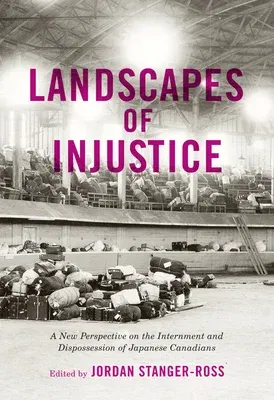Landscapes of Injustice: A New Perspective on the Internment and Dispossession of Japanese Canadians Volume 5Paperback, 20 August 2020

Qty
1
Turbo
Ships in 2 - 3 days
In Stock
Free Delivery
Cash on Delivery
15 Days
Free Returns
Secure Checkout

Part of Series
Rethinking Canada in the World
Print Length
496 pages
Language
English
Publisher
McGill-Queen's University Press
Date Published
20 Aug 2020
ISBN-10
0228001722
ISBN-13
9780228001720
Description
Product Details
Book Format:
Paperback
Country of Origin:
US
Date Published:
20 August 2020
Dimensions:
23.88 x
16.51 x
2.79 cm
Genre:
Canadian
ISBN-10:
0228001722
ISBN-13:
9780228001720
Language:
English
Pages:
496
Publisher:
Weight:
957.08 gm